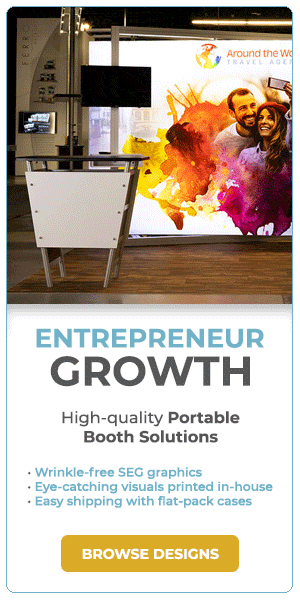
A lot has changed over the last three years.
Everyone’s saying it. But what exactly has changed? Specifically, in the realm of business, and how can marketers adapt to the new consumer habits and business operations?
This is the first article in our series of reimagining meeting spaces. Before our marketing techniques can adapt to suit the unique needs of clients, employees, and managers, a proper understanding of the changing attitudes that underlie these needs is necessary.
Here are the key questions you’re asking:
- How have customer expectations about purchasing experience changed for ordering online, buying in-store, and attending live events?
- How can marketers improve corporate culture during the “Great Recession” and the rise of remote work?
- What new opportunities in business are available during this time?
Answering these questions will help pave a new path for interacting in various business spaces by providing clarity on the kind environments people value. In this series, we are going to follow these three steps to answer your questions and help your marketing program evolve. We’re going to…
- Assess the changes in behavior,
- Formulate new priorities, and
- Develop new ideas for generating engagement.
The last step will be dealt with in detail in proceeding articles because the ideas have to be sensitive for the kind of environment. For example, how are we going to increase engagement specifically at the office? At the trade show? On our website? With that being said, let’s begin assessing the shifts in behavior.
You’ve Changed!
The ramifications of the pandemic are sure to work themselves out for years to come. Some of these changes in attitude towards work and consumption were trends before 2020–the pandemic simply exacerbated them. For a non-business example, computers were a feature in public schools before covid, but since then they have become essential to school with kindergarteners having their own personal smart tablet. The workplace has gone through a similar migration with remote work.
To capture the breadth of the behavioral shift since the pandemic, here are four critical statistics to understand.
- 4.3 million Americans or 2.9% of the workforce quit their jobs in August of 2021
- 72% of consumers expect companies they’re doing business with to understand how their needs and objectives changed during this time of disruption and to address those new needs (Salesforce, 2020)
- 49% of Americans say they feel uneasy about adjusting to in-person interaction once the pandemic ends (American Psychological Association Stress in America Report, 2021)
- 68% of consumers say they have higher expectations of brand’s digital abilities since the start of the pandemic (McKinsey, 2021)
To summarize, consumers have a higher expectation for businesses to reach them digitally and care about their physical and mental well-being. Workers in manufacturing, retail, and hospitality also appear to have similar expectations, minus the digital aspect.
Welcome to the Jungle–Here’s a Machete
As a marketer, I know it’s easy to get lost in the numbers and the weeds–especially when it comes to digital marketing. As a consumer, I also know it’s easy to get lost in search engines and online stores.
The remedy is to simplify. Increasingly, the need with regards to online interactions is going to center on unifying complexity and simplifying navigation. To do that a machete is necessary or, as more sane people put it, “get your priorities straight.”
So, here are the top 3 priorities marketers should focus on during 2022
1. Understand the behavioral shift
Understanding the motivations behind these behavioral shifts is essential to creating value propositions that resonate.
In various industries, the shifts laid out above will have different causes. For example, with regards to worker shortages in blue collar and service industry jobs, the explanations for the “great recession” can include burn-outs, low view of the trades, and poor work benefits.
There could be innumerable reasons for the reluctance of workers to return to the office. The fact that nearly half of Americans feel uneasy about adjusting to in-person interaction post-pandemic is likely only one out of many reasons. How would you convince introverts who’ve gotten comfortable working from home?
2. Focus on transparency and building trust
The pandemic has not only caused Americans to contemplate their relationship with work, but also with their health. Wellness, mental health issues, and community are common topics of interest. Crafting an informed message that speaks to those issues can go a long way in gaining trust with consumers and employees.
3. Crack the code of digital content
Because there is a higher expectation for digital abilities, it’s time to optimize and learn where the audience is subscribing and what content they are streaming. According to Statista, the average total daily time spent on social media in the U.S. is 145 minutes.
Data also reveals that people are consuming content in small doses. If the average TED Talk is 18 minutes and the average YouTube is 12 minutes, then why post a virtual conference that is an hour long? Cracking the code on digital content will involve several factors: knowledge to operate programs, creativity to create exciting content, finding the right audience, and presenting informative data and useful information.

Looking Ahead
In the next article we are going to try and apply this analysis to trade shows, offices, websites, brand activations, and physical retail stores. Be sure to subscribe to receive the best content from the blog, including our bottom line videos and research whitepapers, every week!
The Trade Group’s custom trade show displays and marketing expertise help boost your brand’s trade show performance to make a big impression on the show floor. Discover what we can do for your next event by contacting us here or giving us a call at 800-343-2005.



